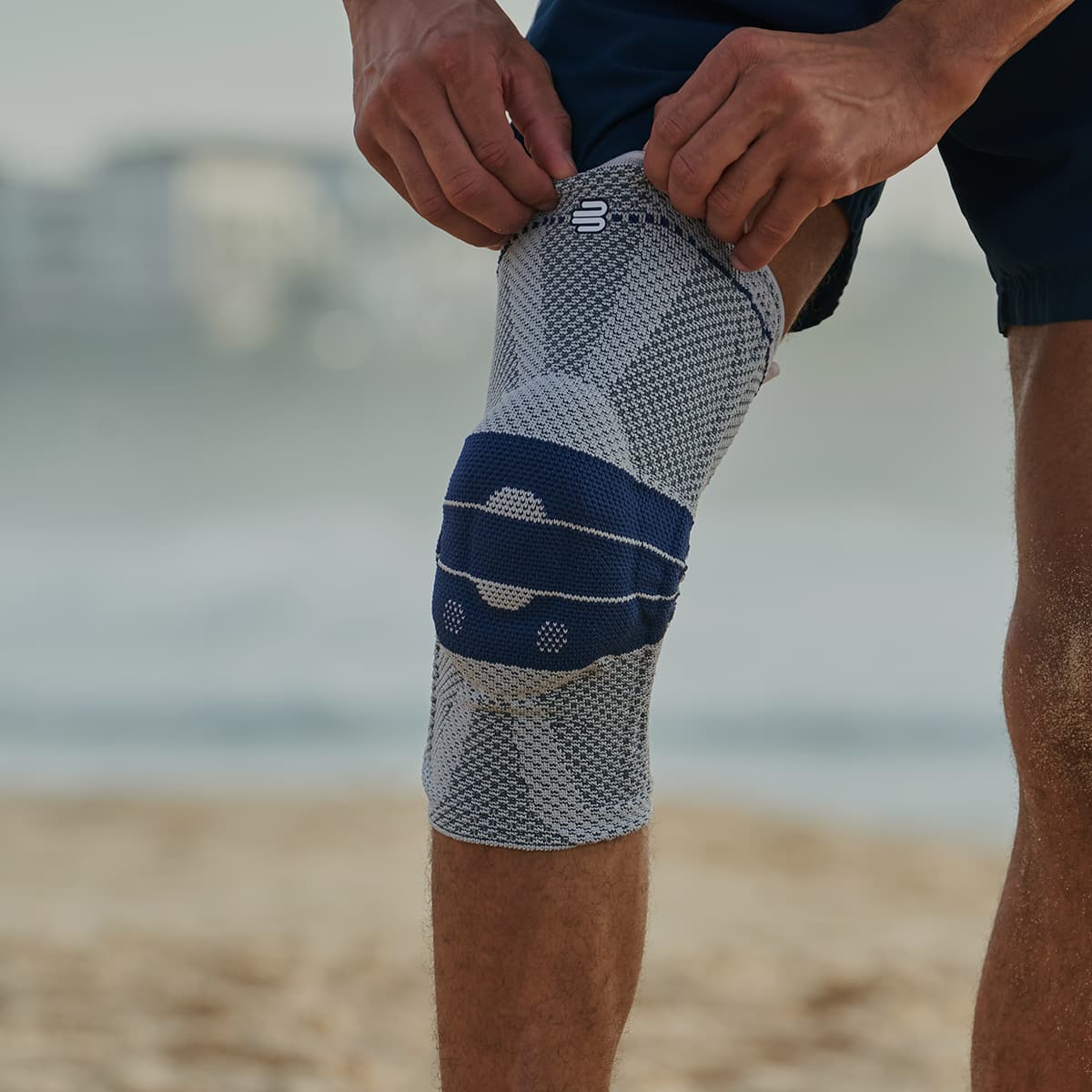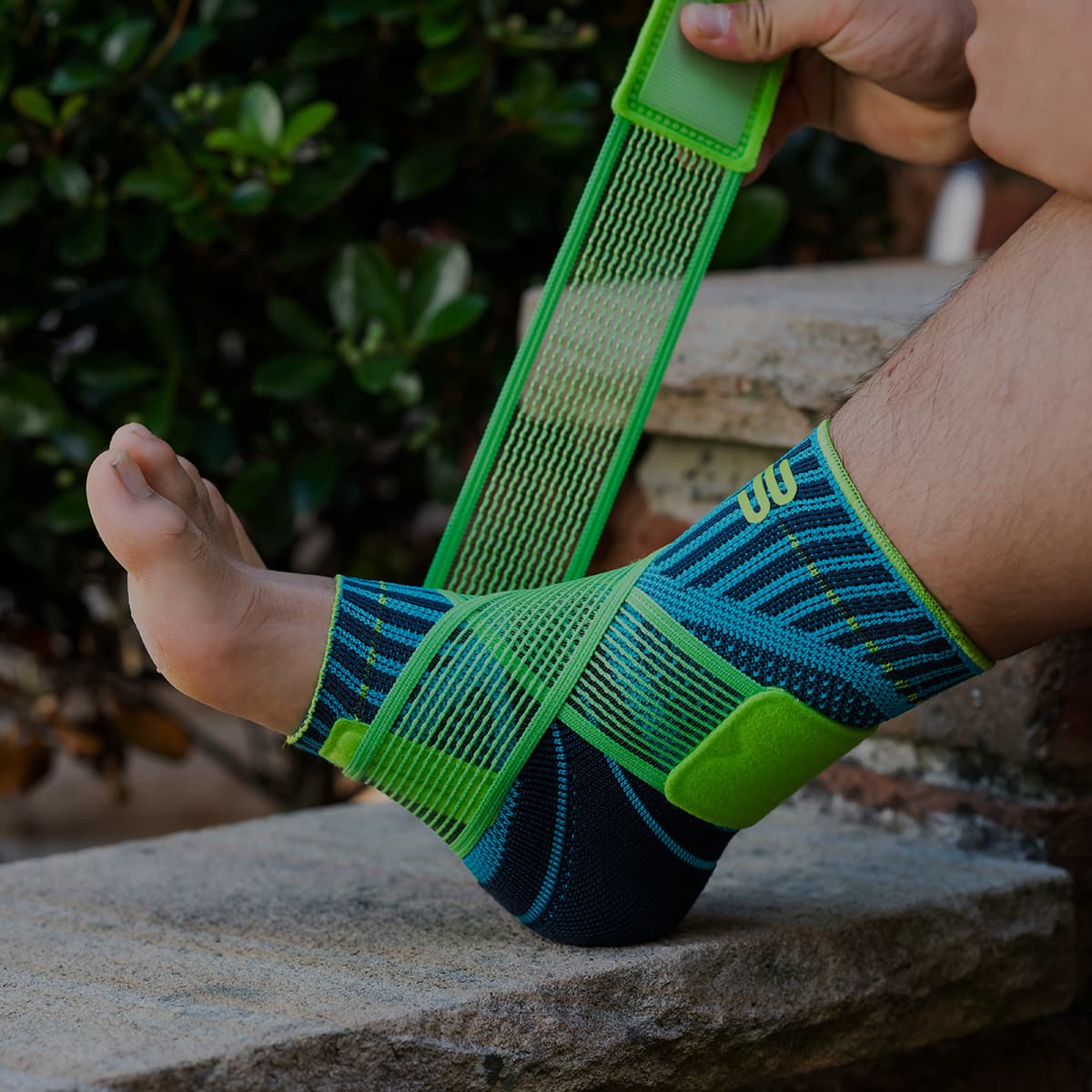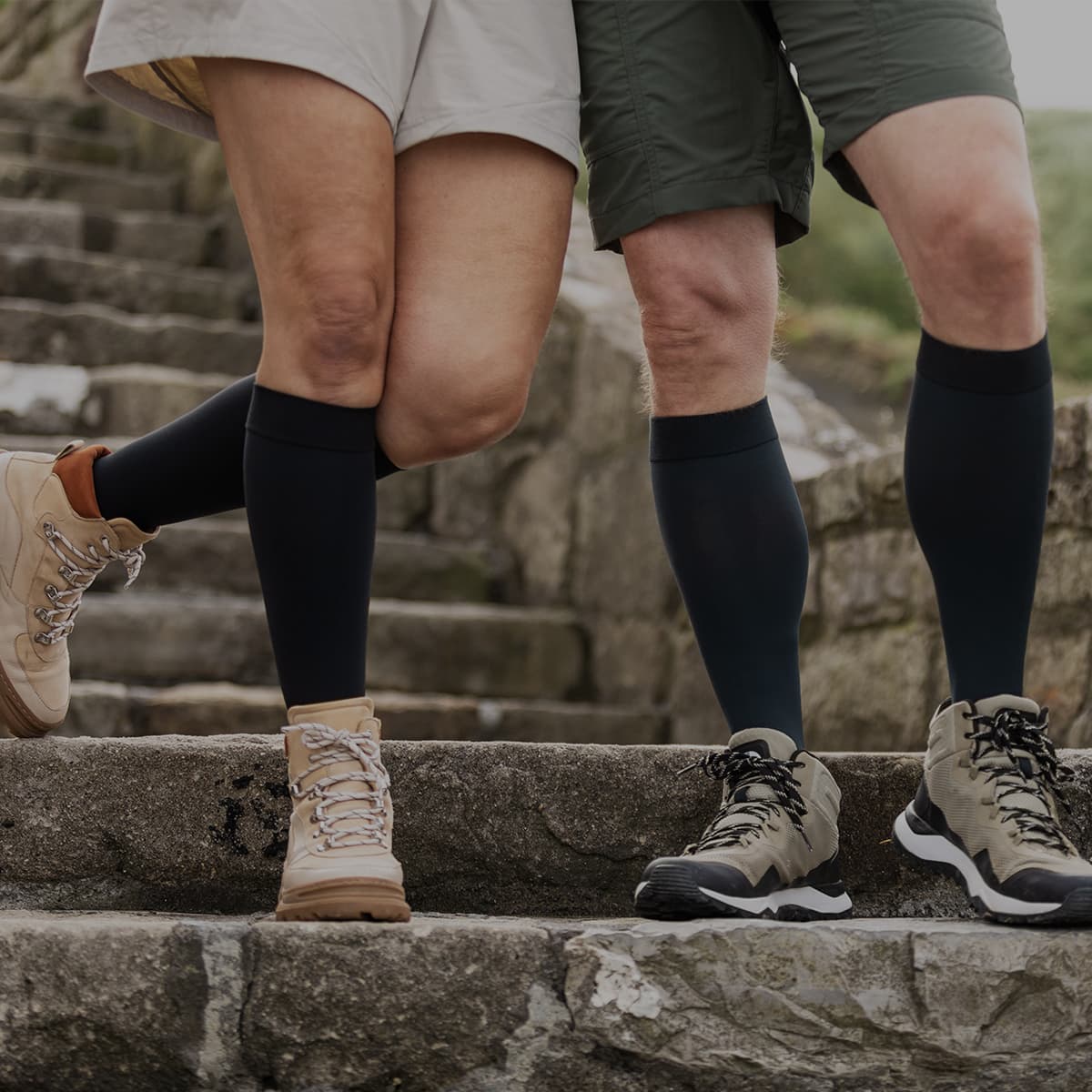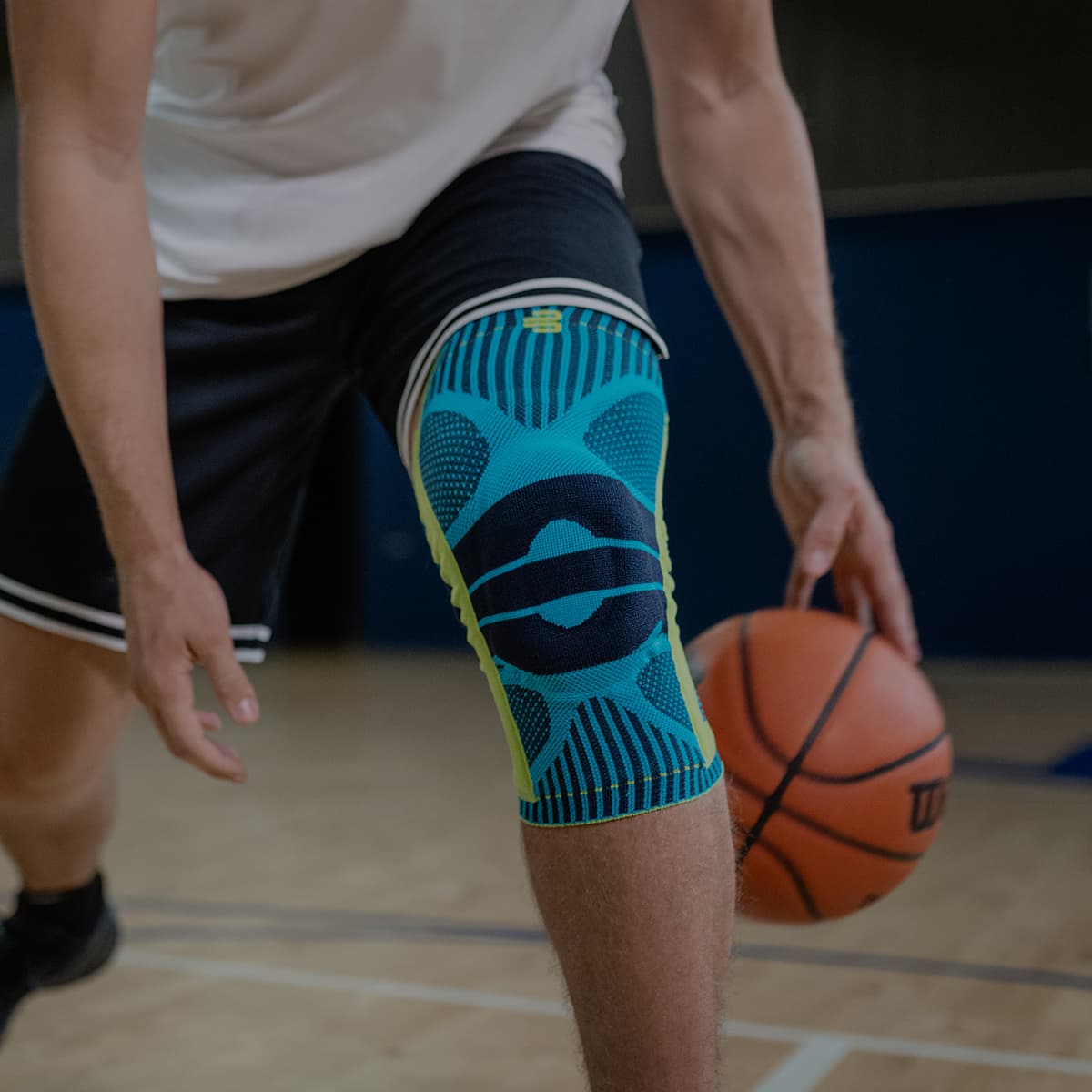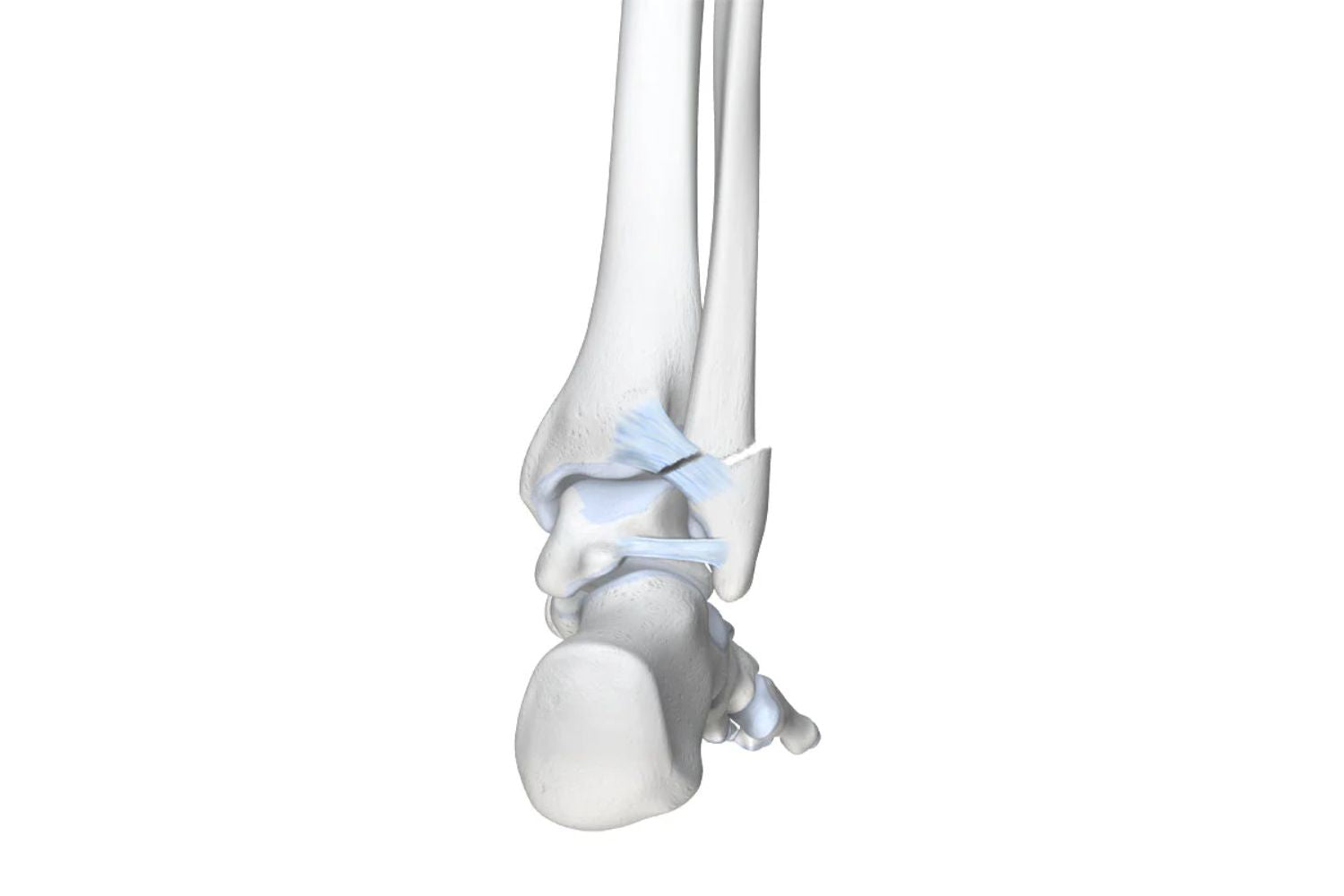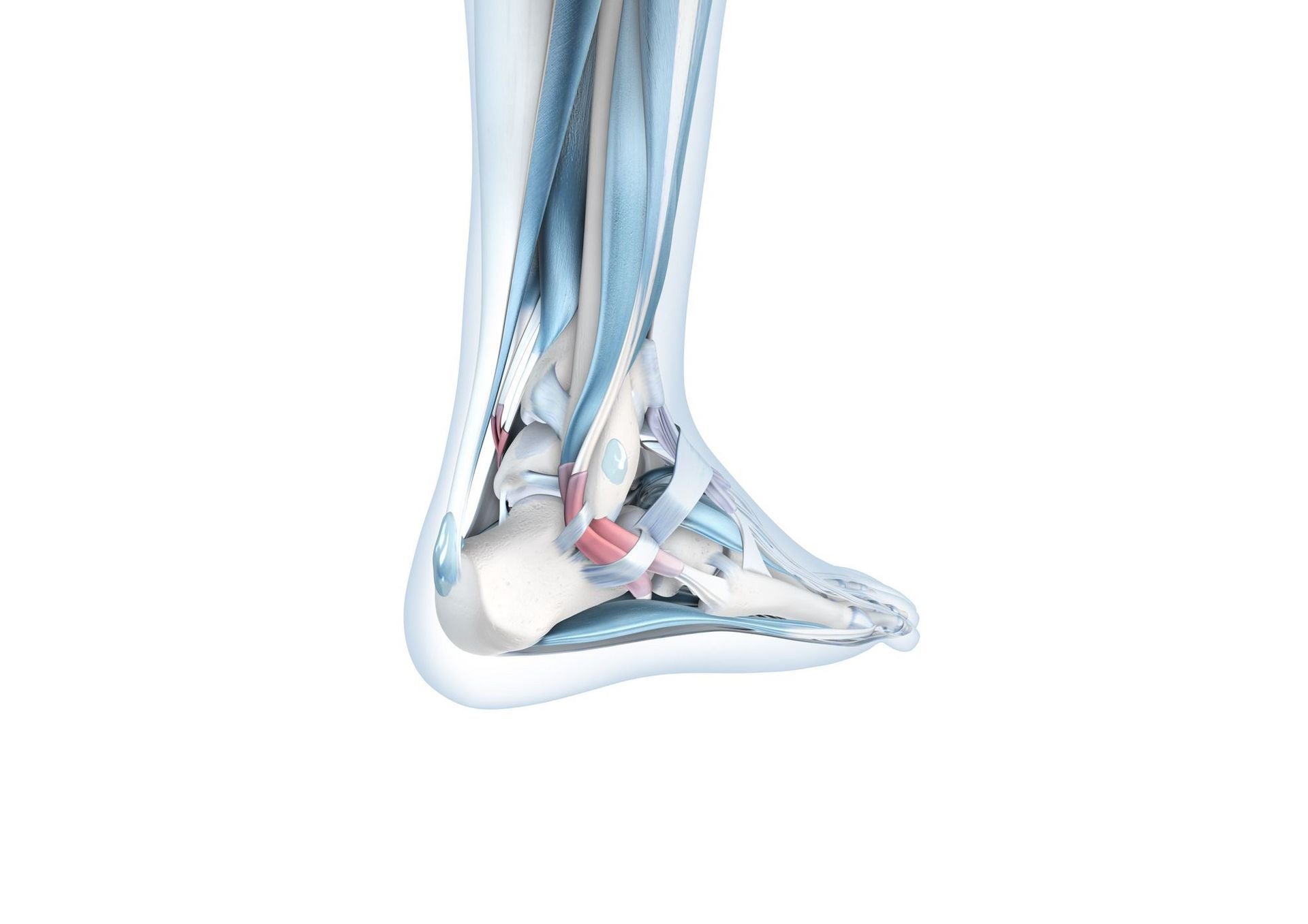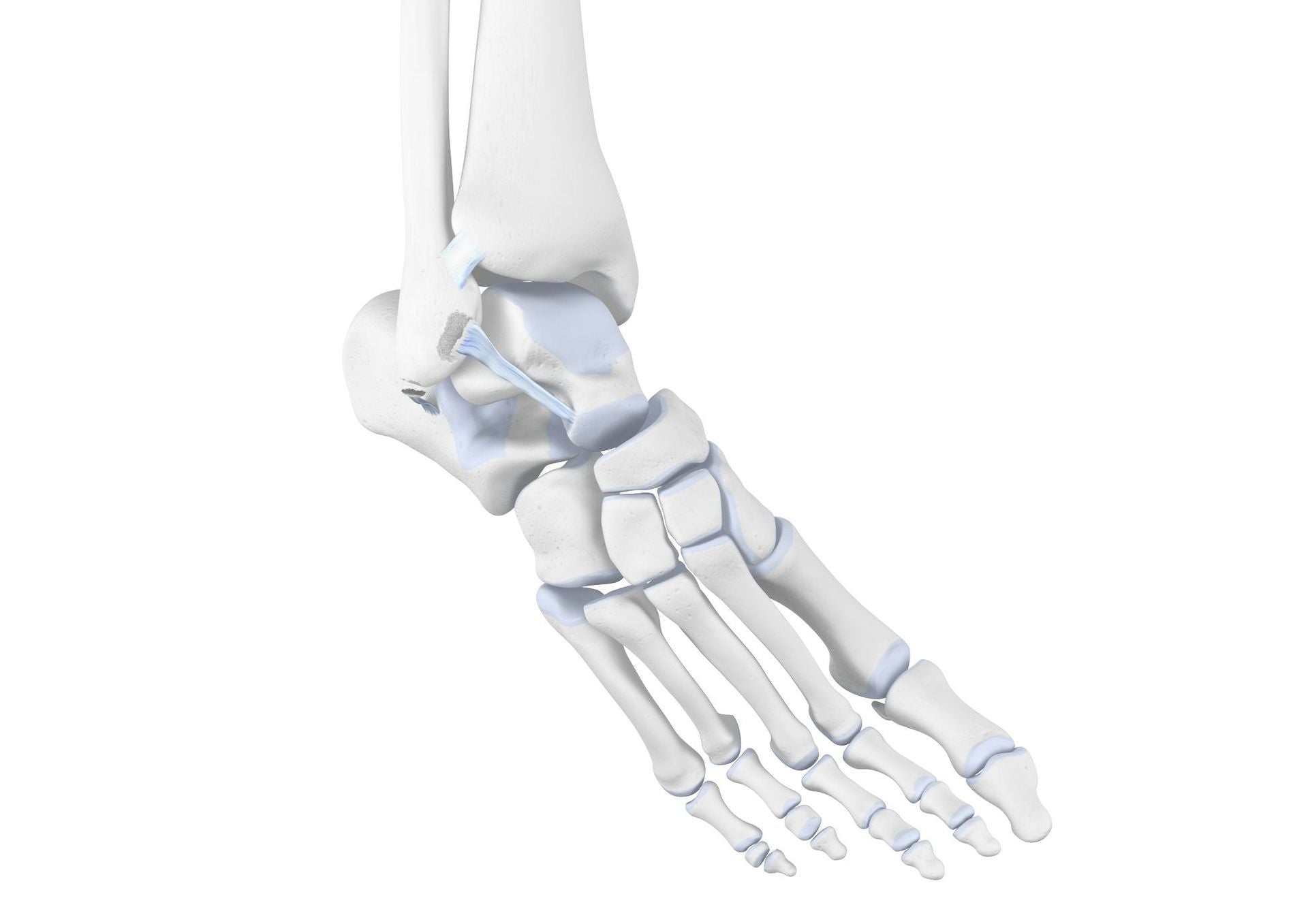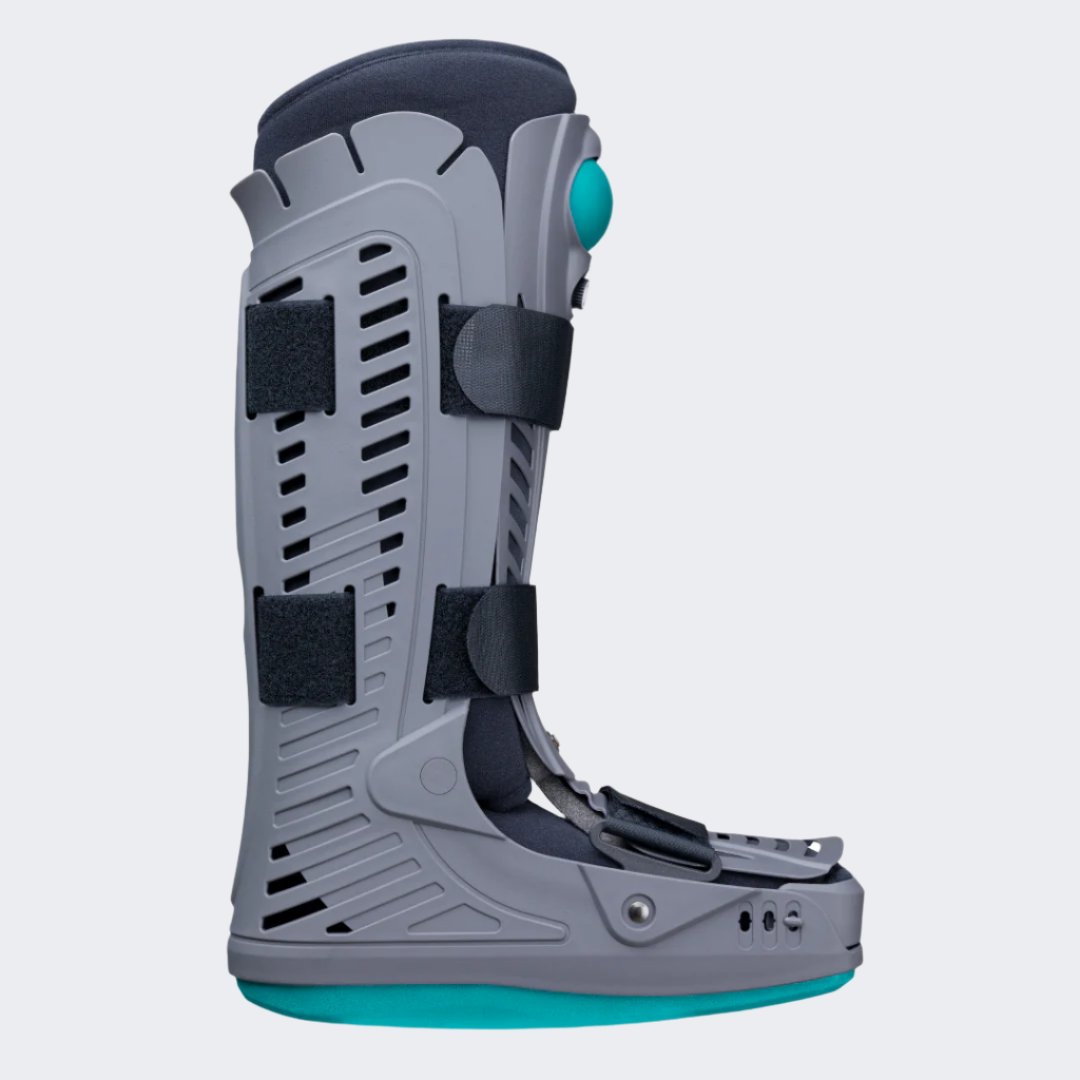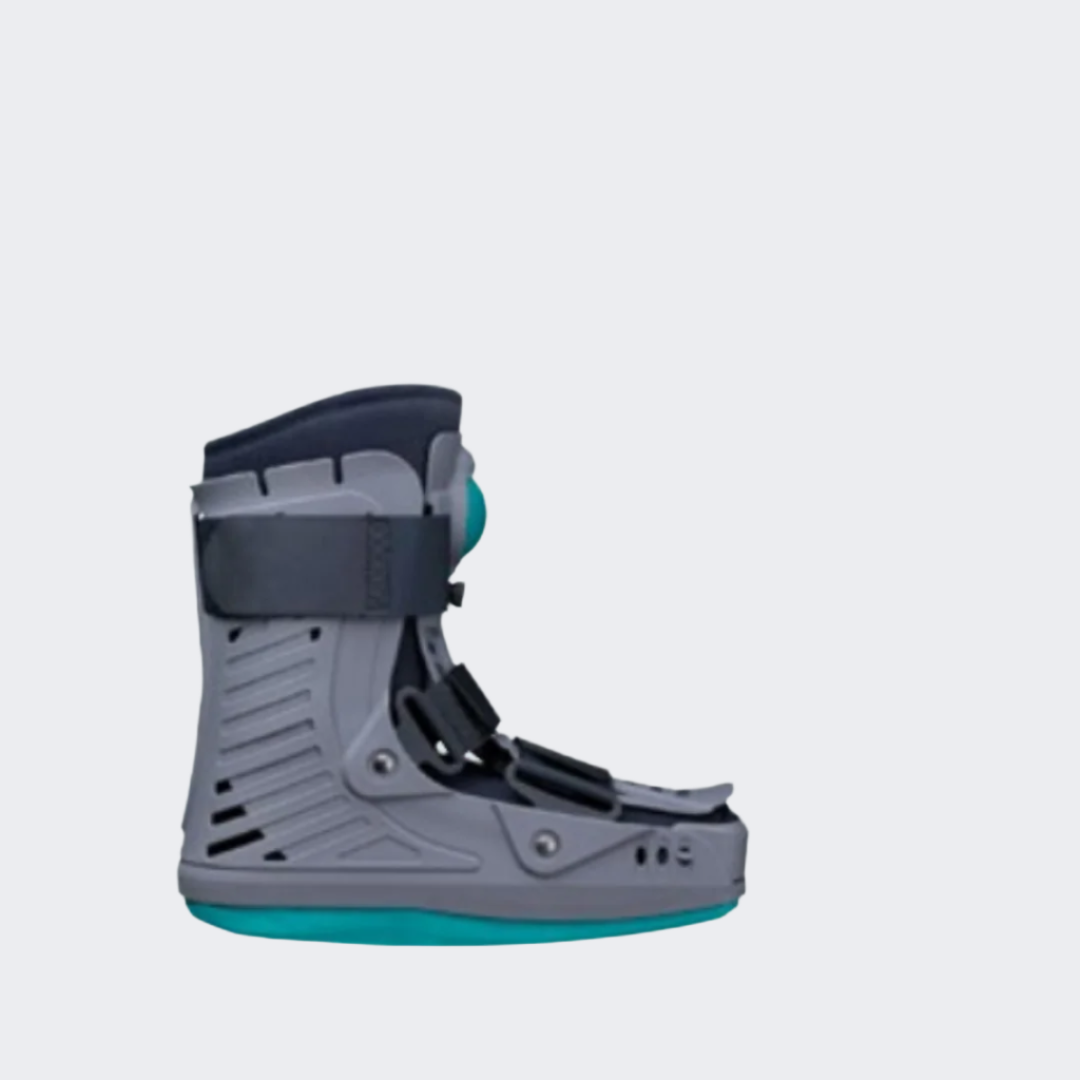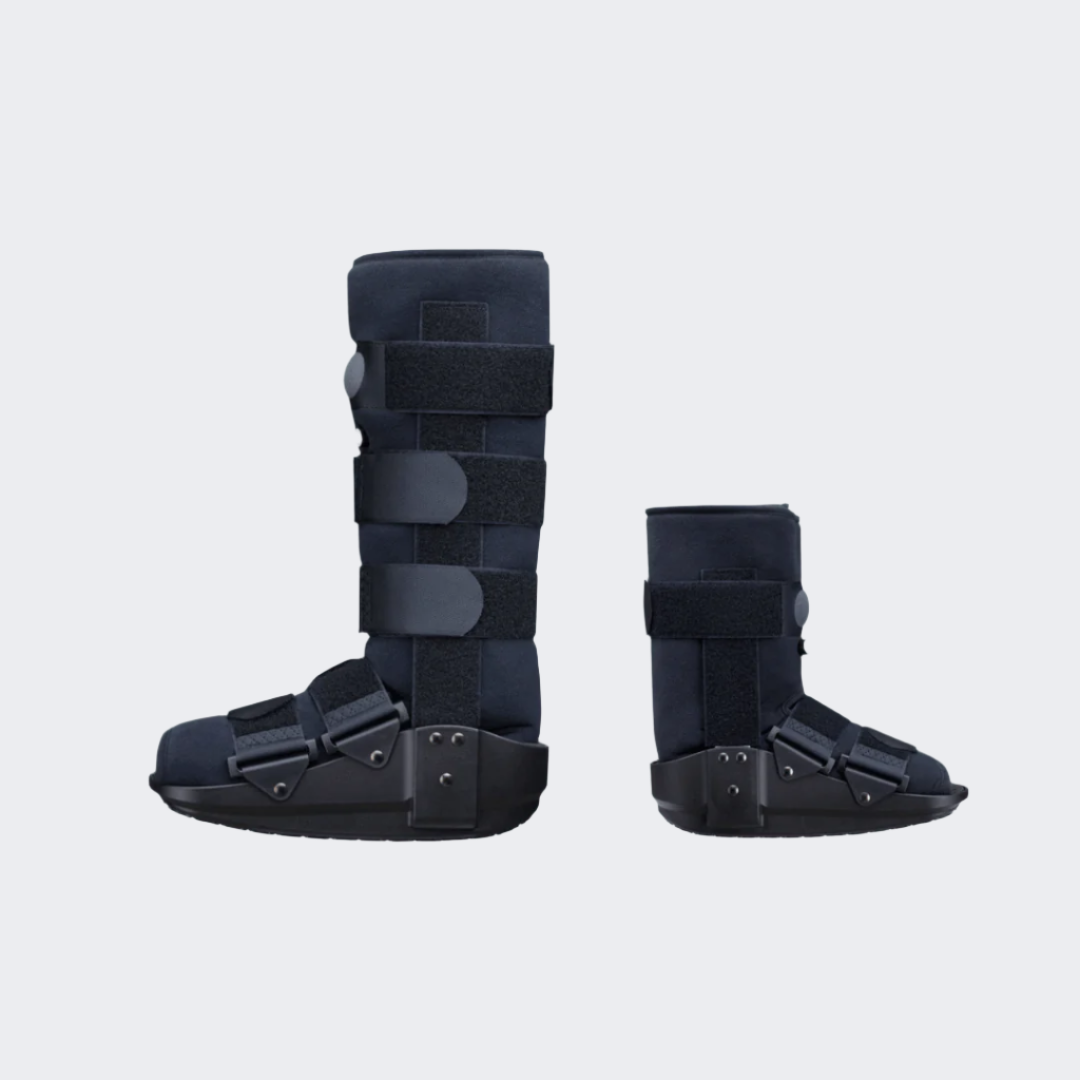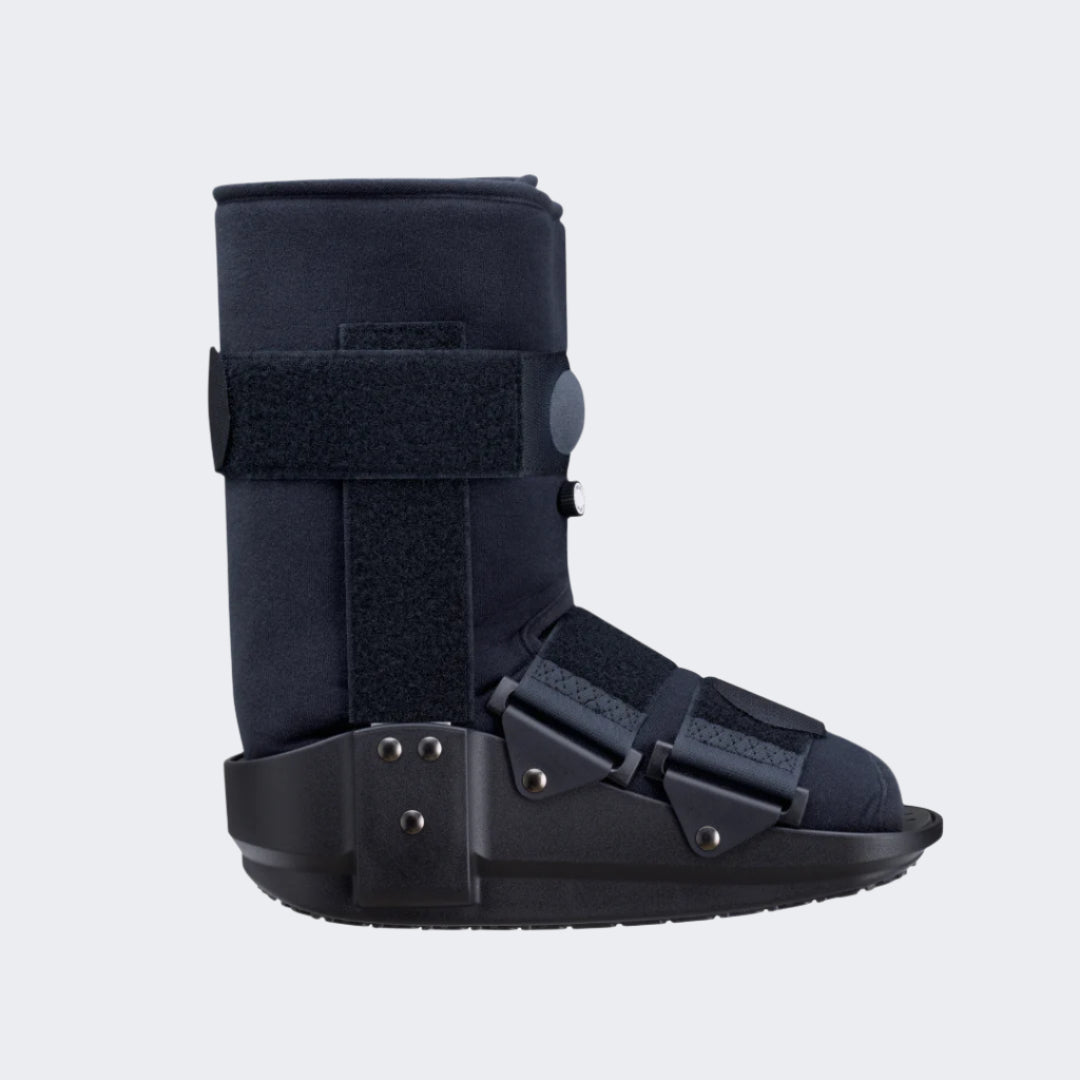When it comes to fractures and breaks in the lower half of the body, ankles are the most commonly affected area in adults, so it’s important to know how to best manage them.
If you do break your ankle, it can become increasingly unstable, and if left untreated, it can take months or even years for normal movement and stability to occur.
Heavily loaded joint with every step
Your ankle joint is one of nature’s masterpieces, absorbing force and shock, the equivalent of up to 8 times your body weight. What you might not know, though, is that the ankle has two main joints, the upper and lower ankle joints.
The lower ankle joint is where the base of your heel meets the rest of your foot, while the upper ankle joint is where your leg and foot joint at the base of the leg itself.
Between these two joints is the malleolus fibulae, which protrudes on either side of the ankle with what most people know as the ankle bones.
All these bone structures are bound together and guided by a complex network of ligaments, and when there’s an ankle fracture, these ligaments are also often injured.
The most common fracture of the lower extremities: the ankle fracture
If the ankle is so strong and dynamic, why does it break in the first place? Because your ankle is designed to guide your foot in normal walking and running movements, especially the lower ankle, the upper joint becomes more sensitive to tilting and twisting movements. Because of this, it’s most often a wrong landing or twisted landing/stride that causes an upper joint fracture. Such a fracture of the ankle joint is called a malleolar fracture, whereby this term is usually equated with a fibula fracture.
Fractures in the ankle area
Because the ankle itself is very complex, the range of possible fractures also varies widely. However, there are three main types of fractures.
Talus fracture: fracture of the ankle bone (very rare)
Tibial fracture: broken tibia
Fibular fracture: broken fibula (very common)
These fractures can also occur in combination, leading to more complex and painful fractures that require more specific care and almost always result in ligament injury.
Acute treatment and rehab when the ankle is broken
Over the long term, it’s not the fracture itself that causes issues, but damage to the cartilage and ligaments. This damage depends on how severe the initial fracture is, as well as the angle and force of the trauma. What is often more important, however, is how the break is corrected and healed. If the position of the bones is not 100 percent correct, the joint will often develop significant signs of wear and tear and chronic instability within just one year of the fracture healing. The surgical intervention and the targeted reconstruction of the stabilising muscles are therefore of enormous importance.
Slowly rebuild after an ankle fracture.
If the ankle is broken, the joint shouldn’t bear any weight or strain for at least 6 weeks so the fracture can heal. As a result, the stabilising muscles weaken and are much less effective when it comes to rehab. Proper movement and exercise with a therapist in these 6 weeks are crucial to the long-term recovery of the cartilage and ligaments. Using supports and ankle braces in the rehab and recovery period is the best practice for long-term health of the joint.
Supports and orthoses provide stability and stimulation
b:joynz air walker
A brace provides support after the initial 6-week rest period. It ensures that the ankle joint receives the necessary stability after a fracture and is not overloaded. These products are designed and shaped so that they can be worn comfortably daily, in most footwear, including joggers, sports shoes and business shoes. Thanks to the ankle support, the foot can follow its natural rolling process and at the same time stay protected from re-injury.
In the further course of rehab, active supports are increasingly used for muscular stabilisation. These special supports from Bauerfeind are made of breathable knitted fabric that fits tightly yet comfortably around the ankle. The support also applies pressure when moving and massages the ankle to relieve pain and swelling.
Wearing ankle support is also recommended after the rehabilitation phase—and not only if there are residual symptoms. The stabilising effect reduces the risk of recurring injuries and/or overloading during exercise, which can lead to chronic instability in the long term.

